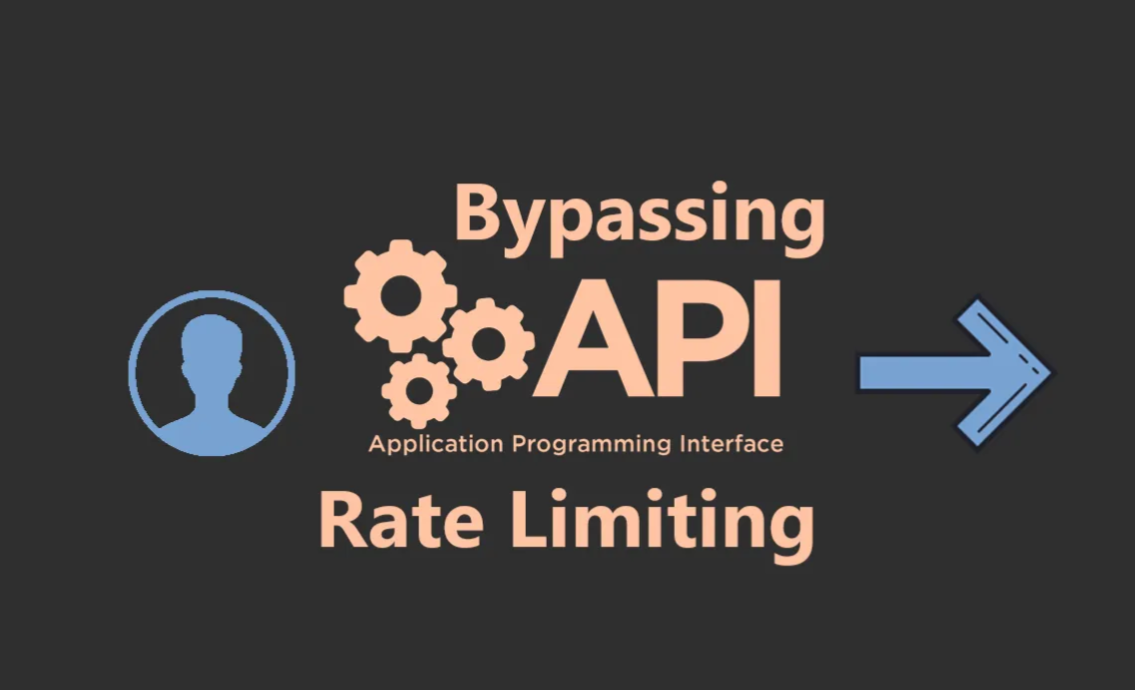API Rate Limiting Bypass – Lack of Throttling Enables Abuse and DoS
Introduction
APIs (Application Programming Interfaces) are the backbone of modern web applications, enabling seamless communication between services. However, without proper security measures like rate limiting, APIs become vulnerable to abuse, brute-force attacks, and Denial-of-Service (DoS) threats.
This blog explores API rate limiting bypass techniques, the risks of insufficient throttling, and best practices to prevent exploitation.
Table of Contents
- What is API Rate Limiting?
- Why is Rate Limiting Important?
- Common API Rate Limiting Bypass Techniques
- IP Rotation
- Request Spoofing
- Header Manipulation
- Token Recycling
- Distributed Attacks (DDoS)
- Impact of Lack of Throttling
- Brute-Force Attacks
- Data Scraping
- Account Takeover (ATO)
- Denial-of-Service (DoS)
- How Attackers Exploit Weak Rate Limiting
- Best Practices to Prevent Rate Limiting Bypass
- Dynamic Rate Limiting
- IP-Based Throttling
- Behavioral Analysis
- CAPTCHA Challenges
- JWT & API Key Rotation
- Case Studies: Real-World API Abuse
- Tools to Test API Rate Limiting Security
- Conclusion
1. What is API Rate Limiting?
API rate limiting controls the number of requests a user or IP can make within a specific timeframe. It prevents abuse by:
- Blocking excessive requests
- Reducing server load
- Protecting against brute-force attacks
Common rate-limiting methods include:
- Fixed Window – Allows X requests per minute.
- Sliding Window – Smoothly limits requests over time.
- Token Bucket – Grants tokens per request, blocking when exhausted.
2. Why is Rate Limiting Important?
Without rate limiting, attackers can:
- Overload servers (DoS attacks)
- Scrape sensitive data
- Perform credential stuffing
- Exploit API endpoints for spam
A lack of throttling makes APIs an easy target for automated attacks.
3. Common API Rate Limiting Bypass Techniques
A. IP Rotation
Attackers use proxy servers, VPNs, or botnets to switch IPs and bypass IP-based rate limits.
B. Request Spoofing
Modifying User-Agent headers, cookies, or API keys to appear as different users.
C. Header Manipulation
Faking X-Forwarded-For or other headers to evade detection.
D. Token Recycling
Reusing expired or leaked API keys to bypass authentication limits.
E. Distributed Attacks (DDoS)
Flooding APIs from multiple sources to overwhelm servers.
4. Impact of Lack of Throttling
A. Brute-Force Attacks
Unlimited login attempts lead to account takeover (ATO).
B. Data Scraping
APIs can be scraped for sensitive data if not rate-limited.
C. Denial-of-Service (DoS)
Excessive requests crash servers, disrupting services.
5. How Attackers Exploit Weak Rate Limiting
- Automated Tools (Burp Suite, OWASP ZAP)
- Botnets & Proxy Networks
- API Endpoint Fuzzing
6. Best Practices to Prevent Rate Limiting Bypass
✅ Dynamic Rate Limiting – Adjust limits based on user behavior.
✅ IP-Based Throttling – Restrict suspicious IPs.
✅ Behavioral Analysis – Detect abnormal request patterns.
✅ CAPTCHA Challenges – Block bots after multiple requests.
✅ JWT & API Key Rotation – Invalidate leaked keys.
7. Case Studies: Real-World API Abuse
- Twitter API Scraping (2023) – Attackers bypassed rate limits to scrape millions of tweets.
- Facebook Data Leak (2021) – Weak API throttling led to mass data extraction.
8. Tools to Test API Rate Limiting Security
- Burp Suite
- Postman
- OWASP ZAP
- Kali Linux (Slowloris, GoldenEye)
9. Conclusion
API rate limiting bypass is a critical security flaw that enables abuse, data theft, and DoS attacks. Implementing dynamic throttling, IP restrictions, and behavioral monitoring can mitigate risks.
Regular security testing ensures APIs remain resilient against exploitation.


